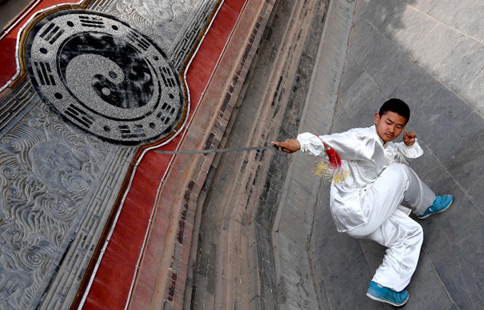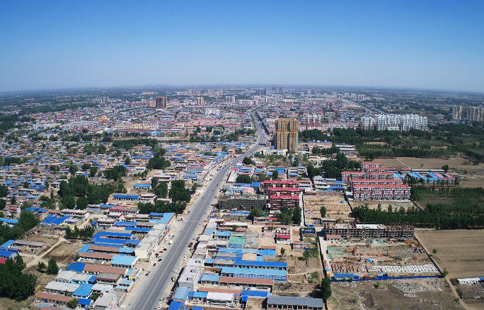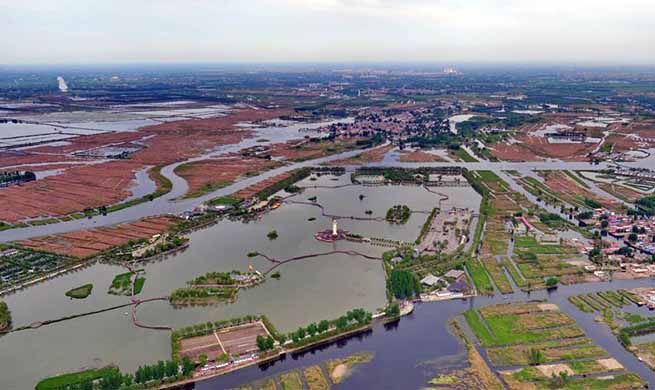BEIJING, April 23 (Xinhua) -- Su Tongqiang and his ceramics company in eastern China's Shandong Province have bid farewell to the wafer-thin profit margins.
"Years ago, my company made meager profits of less than 2,000 yuan (about 290 U.S. dollars) for more than 70,000 cups in one shipping container sent overseas," Su said.
"Climbing the value chain was the only way to survive," said the entrepreneur, who owes his company's a grand comeback to years of research and development. The company now holds more than a hundred patents.
"Profits from one expensive cup are equivalent to dozens of cheap ones," Su said.
Su's company's transition is testimony to China's broader economic restructuring.
VALUABLE TRANSITION
China is moving toward an economy based on innovation and services, reducing reliance on investment and exports of low value-added goods.
"China's transition to slower but structurally rebalanced growth continues," the World Bank said in a report earlier this month, noting that economic growth will continue to moderate as capacity is cut and credit kept on a tight leash.
Su's company's revenue grew 30 percent in Q1. The string of upbeat data in the first quarter also pointed to a firming in the broader economy and progress in economic restructuring, giving policymakers some room to maneuver.
GDP growth in Q1 stood at 6.9 percent, up slightly from 6.8 percent in the previous quarter, with 77.2 percent of it driven by consumption, 12.6 percentage points higher than the 2016 level. The service sector rose 7.7 percent year-on-year, out-pacing a 3-percent increase in agriculture and 6.4 percent in secondary industries.
"Consumption is playing a more prominent role in driving growth, evidence of progress in economic restructuring ," said Zhang Liqun, a researcher with the Development Research Center (DRC) of the State Council, China's cabinet.
Innovation is critical to Su's and other Chinese businesses' ascent of the value chain, an uphill battle they have to fight as improved salaries and living conditions for China's workers have allowed other countries to occupy the market for low-end products such as shoes and toys once cornered by China. Industrial output growth in the hi-tech manufacturing sector reached 13.4 percent in Q1, outstripping the 6.8-percent registered across all industrial companies.
The domestic wave of innovation and start-ups means new business and new consumption, according to Mao Shengyong with the National Bureau of Statistics.
LONG TO-DO LIST
China still has a long list of reform tasks, many intertwined with one another, which when added to global risks like U.S. interest rate increases and protectionism makes policy-making tricky, analysts said.
"China needs to remain on the alert," cautioned Li Wei, head of the DRC.
China should continue to reduce excess capacity, curb credit, lower debt leverage in the corporate sector and reform state-owned enterprises, said Sudhir Shetty, chief economist of the World Bank's East Asia and Pacific Region.
The view is echoed by Zhang of DRC, who said that policy should focus on cutting overcapacity, reducing inventories, deleveraging, lowering costs and strengthening weak links to generate long-term growth and meet new consumer demand.
"Supply-side structural reform can force Chinese businesses to increase their competitiveness and improve overall growth quality, although the process will be painful," said Cai Zhizhou of Peking University.

















